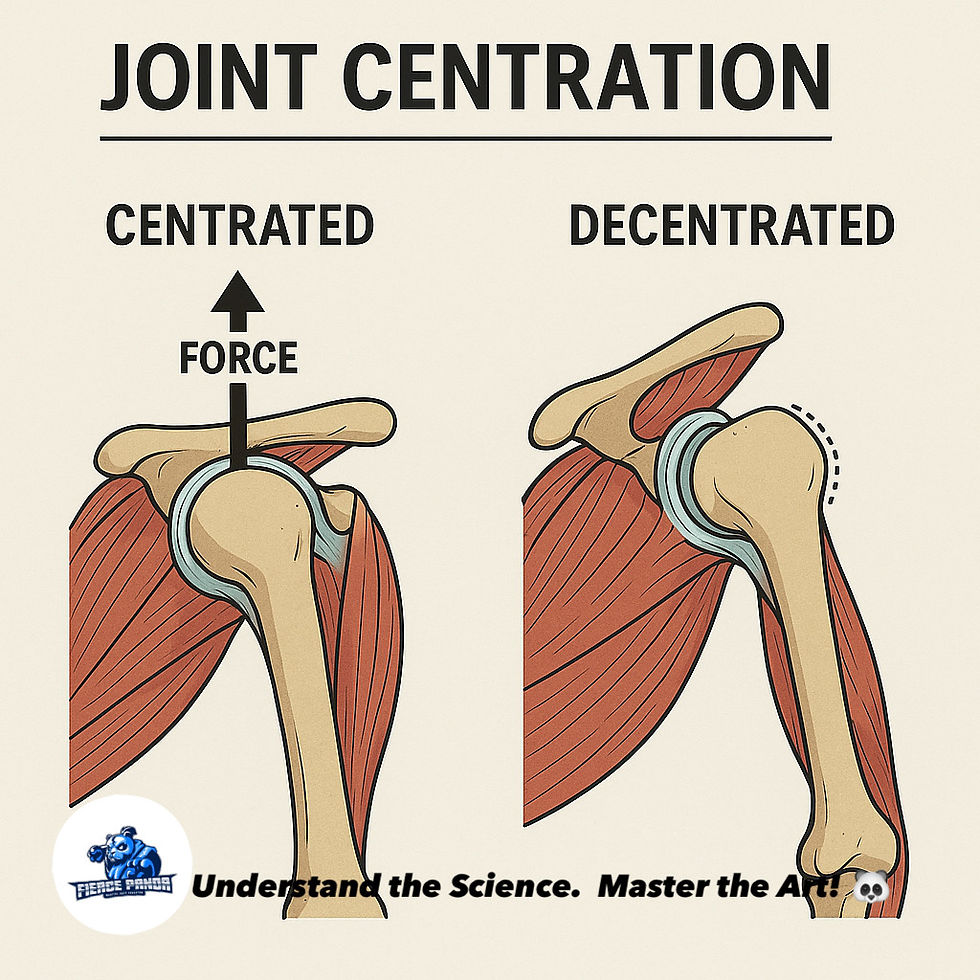Lesson: Joint Centration
- Jul 21
- 1 min read

Joint Centration – The Hidden Key to Stability, Power, & Pressure Point Access
What is Joint Centration?
Joint centration refers to the optimal alignment of a joint—where the head of the bone is centered in the joint socket, & muscles, ligaments, & fascia are in balanced tension.
When a joint is properly centrated:
• Force is efficiently transferred
• The joint is most stable
• Pain & injury risk are lowest
When it’s de-centrated:
• You lose power
• Protective reflexes may engage
• Structures are more vulnerable (👈 this is the goldmine for Kyusho & Tuite!)
Martial Arts Application
1. Pressure Point Access is Easier
When a joint is de-centrated (pulled or rotated out of alignment), fascia & nerve bundles become more superficial & exposed — making pressure points more accessible & neurological responses more pronounced.
For example:
• De-centering the elbow opens up LI10 & LI11
• Rotating the neck slightly de-centers C1–C2, amplifying the effect of a GB20 strike or activation
2. Joint Locks Rely on De-Centration
Every effective lock (armbar, wrist twist, shoulder pin) works because you:
• Pull the joint away from centration
• Stretch or load the passive structures (ligaments, capsules)
• Cause the nervous system to override movement & collapse
It’s not about strength — it’s about alignment.
3. Structural Collapse & Autonomic Effects
De-centrated joints send altered input to the CNS, which may:
• Trigger proprioceptive shutdown
• Affect muscle tone via reciprocal inhibition
• Disrupt autonomic balance (especially when combined with Kyusho points)
Understand the Science. Master the Art! 🐼




Comments